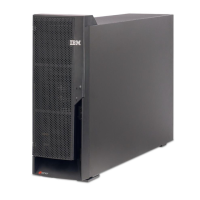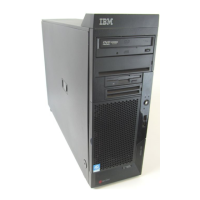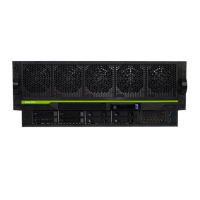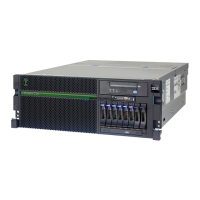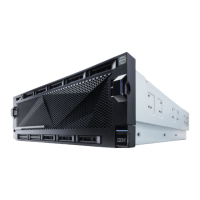iSeries architecture: Fundamental strength of the IBM ^ i5 and iSeries 11
Draft Document for Review October 18, 2004 5486AdvTech.fm
technologies, typically without causing disruption to existing application
software. See “iSeries architecture” on page 11.
The single purpose pervading each aspect of the iSeries architecture is to
empower a business with the most advanced technology available, without
encumbering it
with the complexities that such technologies inevitably
contain. The iSeries allows you to rapidly deploy advanced business
applications and facilitates business growth.
Customers typically decide on the required application software first and then
select an environment in which to run it. iSeries models have thousands of
client/server applications written by IBM Business Partners across the globe.
In addition, the iSeries server provides excellent platforms for Windows, Lotus
Domino, and Linux applications. iSeries models have national language
support for over 50 languages, available in 140 countries or regions. IBM
support across the world is provided by an impressive network of global
partners.
A concise and expanded explanation of the iSeries server architecture is
contained in the renowned book Fortress Rochester: The Inside Story of the IBM
Eserver iSeries written by AS/400 and iSeries Chief Architect, Dr. Frank G.
Soltis.
iSeries architecture
This section describes aspects of the iSeries server architecture that contribute
most to the server’s success as the
server of choice.
Single-level storage
Application programs on an iSeries server are unaware of the underlying
hardware characteristics, because of the iSeries layered architecture approach,
Technology Independent Machine Interface (TIMI). TIMI frees application code
from worrying about processor technology, such as moving from 32- to 64-bit or
Complex Instruction Set Computing (CISC) to Reduced Instruction Set
Computing (RISC).
The concept of single-level storage means that an application does not deal with
storage device specifics. The knowledge of the underlying characteristics of
hardware devices (in this case, main storage and disk storage) reside in the
System Licensed Internal Code (SLIC). All of the storage is automatically
managed by the system. No user intervention is ever needed to take full
advantage of any storage technology. Programs work with objects. Objects are
accessed by name, not by address.

